What happens when you cross two MiG fighters with the most influential tank of World War Two? The answer isn’t, as you might expect, a disastrous collision full of flames and wreckage. Instead, it’s one of the world’s most powerful firefighting machines.
Cold War Contamination
The machine known as Big Wind was created by Hungarian engineers during the Cold War.
Scroll down for the crazy monster in action
According to some accounts, the idea behind Big Wind was originally inspired by the dangers of the Cold War. At the time, nuclear, biological, and chemical (NBC) weapons were seen as a major threat.
If war kicked off in Europe then there was a real risk that such weapons would be widely deployed, including the use of nukes to take out armored formations. The fighting vehicles of the era were fitted with seals and filters to protect the crews inside from contamination.
But what about the vehicles themselves? If they were covered in contaminants, wouldn’t they become unusable, a hazard to anyone near them?
This, so the story goes, is where the idea for a new sort of vehicle came from. A tank-sized pressure washer that could hose down armored units and get them back into action.
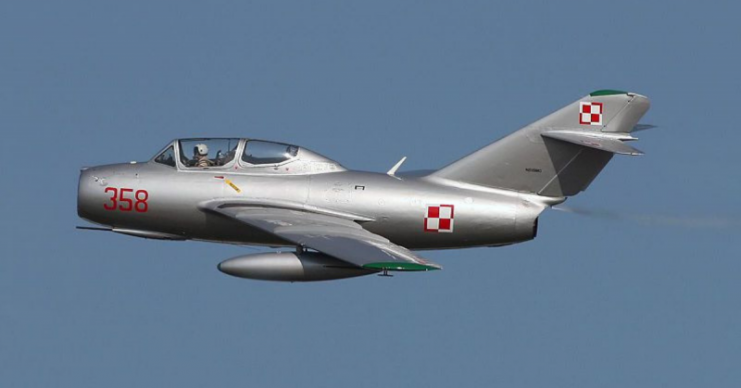
Frankenstein’s Fire Truck
By the late 1980s, the Russians had developed a simple form of this super pressure washer. By strapping an engine from a MiG-15 fighter onto the bed of a truck, they created a machine that could blast powerful jets of air and water. This was used to clear snow off runways and fight large fires.
But it was the Russians’ Hungarian allies who took this concept to its logical conclusion, creating Big Wind. Big Wind was built with parts from three vehicles – the chassis of a T-34 tank and the jets from two MiG-21 fighter planes.
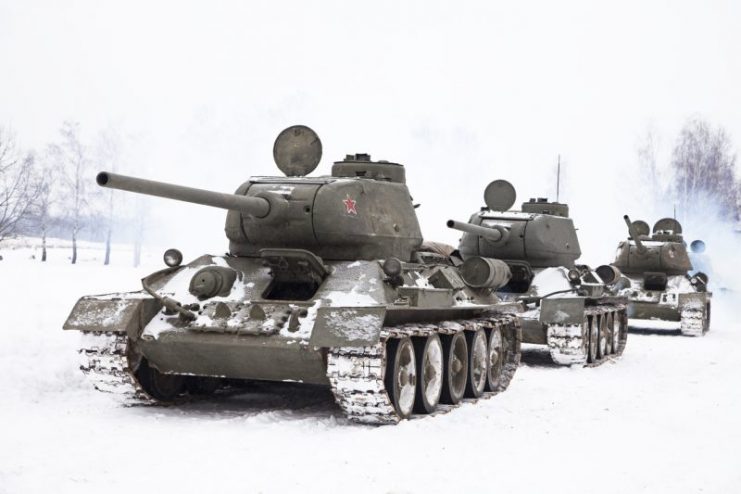
The T-34 was a veteran of the Eastern European armed forces. Designed by the Soviets during the late 1930s, it was fielded in huge numbers during the Second World War.
It is credited with helping turn the tide of battle against the German invaders, thanks to its superior design and the huge numbers produced by the tireless Soviet factory system.
Though the Russians phased it out during the 1950s, it was still in use across Eastern Europe well into the 1980s, meaning that there were thousands of T-34s available.
The Mikoyan-Gurevich MiG-21 fighter was a slightly later development. Built by the Soviets during the late 1950s, it was shaped by experience fighting in the Korean War. Hard-hitting and cost-effective, it became one of the most widely-used fighter aircraft in the world, used by the Warsaw Pact, Finland, India, and various Arab air forces.
The design was so successful that the Chinese made large numbers of unlicensed copies. Like the T-34, the MiG-21 remained in service for decades, being manufactured in its thousands and supplied to armed forces across the world.
When the Hungarian engineers at MB Drilling Company bolted these machines together, they weren’t using the jet engines to help the tank move.
Instead, they attached a pair of Tumansky R-25 engines, taken from the MiGs, to the top of the tank chassis, mounting them like a pair of guns. Pipes were added to provide a water feed, with nozzles projecting above the jet outlets.
When the jets are turned on, the results are extraordinary. Big Wind moves 220 gallons of water per second, turning it into a massive spray of steam. The water is projected at 770 miles per hour – that is to say, around the speed of sound.
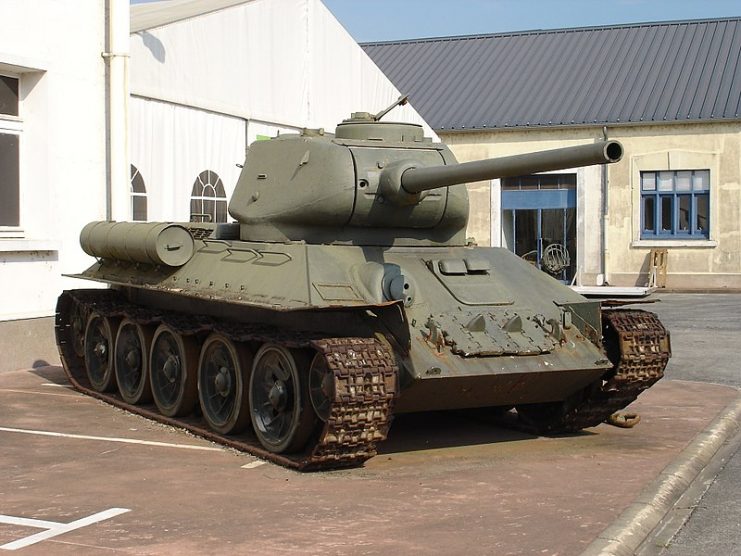
With the tough body of a now-obsolete tank and civilian guns made from military jet engines, Big Wind is the Frankenstein’s monster of the firefighting world – a powerful beast stitched together from the parts of dead machines.
In it, the engineering behind the T-34 and MiG-21 is having a revival, used in a role the original designers could never have predicted.
Three crew operate Big Wind – a driver, a controller for the jets, and a fire chief. Teams like this have taken on some of the most spectacular fires in the world.
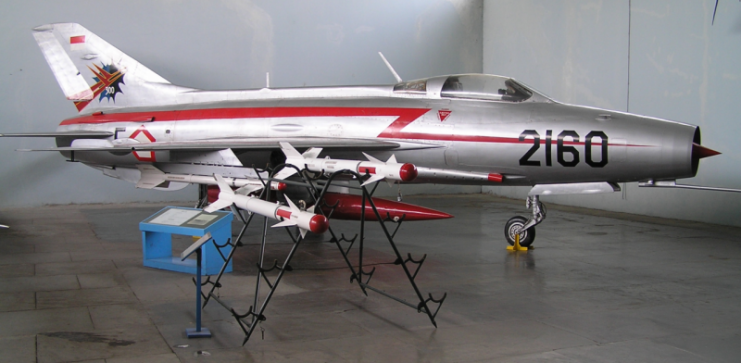
Fighting Fire with Jet Engines
Big Wind came to international attention in 1991, during the fallout from the Gulf War. Saddam Hussein’s army had been ruined by the coalition that came out to fight it, driven back across the sands and out of Kuwait. But Saddam left a bitter parting gift. His men roamed the Kuwaiti oil fields, setting fire to every oil source in the country.
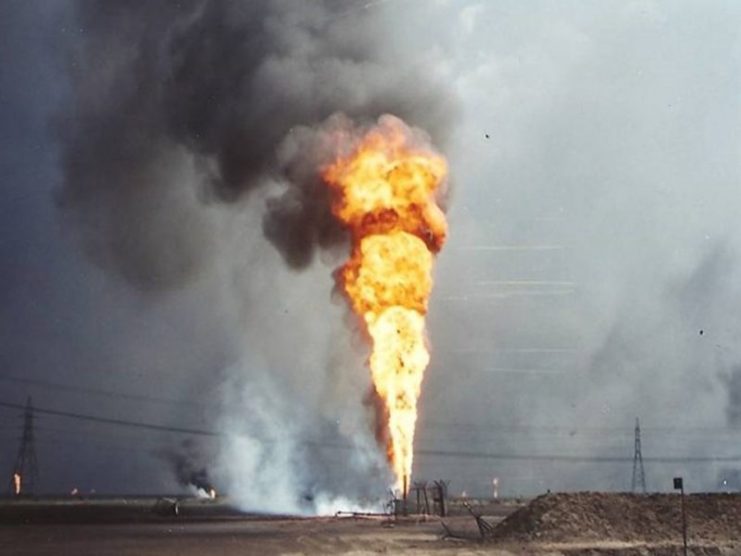
There were billions of gallons of oil beneath Kuwait, and around 4.6 million gallons of that was going up in flames every day. Thousands of tons of smoke billowed through the air above the Gulf states, darkening the skies and poisoning the rain.
It wasn’t just an economic disaster, it was an environmental one. If the fires continued then they could change the global climate, dropping temperatures across the northern hemisphere.
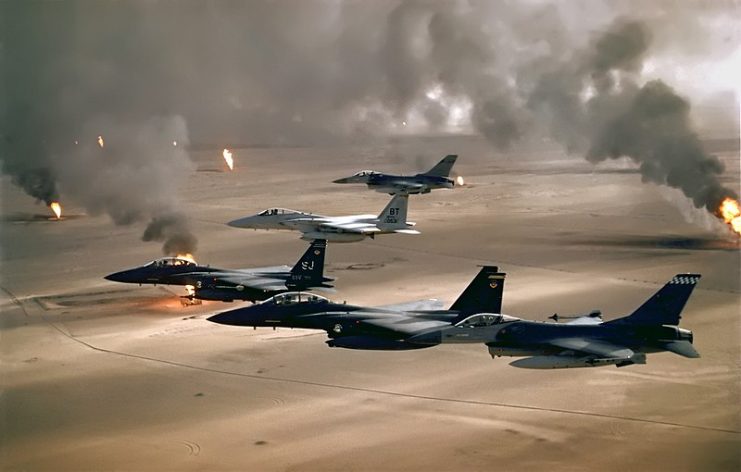
From around the world, expert firefighters came to save the Kuwaiti oil wells and end an environmental catastrophe. The most impressive machine they brought was the one brought by the Hungarians – Big Wind.
https://www.youtube.com/watch?v=0gcydue2wzk
Big Wind would approach a blazing wellhead, its crew protected from the flames by the armor of the tank. Then the jets would open up, launching an incredible stream of water and fire suppressant chemicals. Footage from the time shows the machine putting out these vast fires in seconds. A team could then run in and seal the wellhead before the firefighters moved on.
Read another story from us: Anti-Tank Missile Vehicles – 22 Facts About the Soviet 2P Series
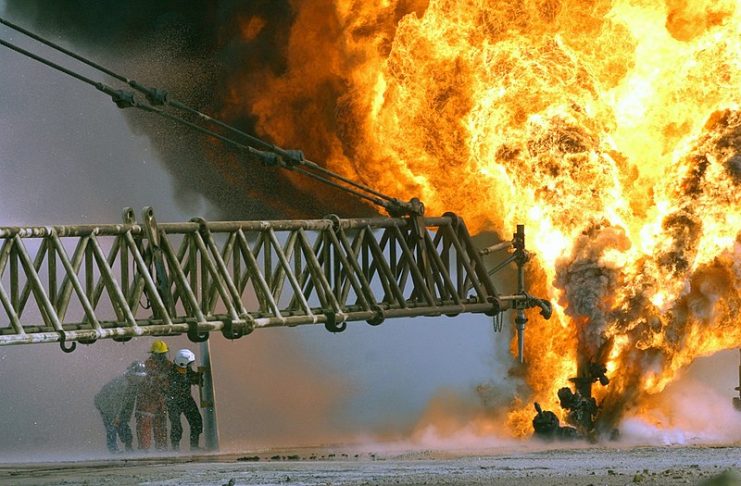
In November 1991, the last of the Kuwaiti fires were put out. A catastrophe had been averted. But Big Wind stills powers on, putting out oil fires and clearing runways around the world, a tribute to the extraordinary ends military technology can be turned to.
